Written by Chris
Livingstone, Zambia – Mindy and I are in the middle of our transit across the African continent, and we just left a week-long stay in one of the most beautiful cities I have ever been: Cape Town, South Africa.
We dropped ourselves directly into Cape Town after our marathon flight itinerary and had a driver take us directly to a comfortable B&B in a little suburb called Hout Bay. We spent much of the day sleeping off the jet lag and enjoying the luxury of a bathtub (a bathtub!) after months of mostly cold showers. We attempted to head out into town once and quickly learned that the winters in Cape Town consist of erratic, enormous, and brief downpours. We promptly installed ourselves next to our fireplace for the remainder of our stay at the B&B.
After the few recovery days had brought us back to functional human beings, we relocated to Cape Town proper for some more serious exploration. Now with a name like ‘Cape Town’ I was fully expecting it to be a city full of super heroes or, at the very least, some very dapper gentlemen. Alas, not even a cape store was to be found. Instead, we found an oddly familiar scene. It seems as though Cape Town is a bit of a San Francisco Jr. Consider the following features of (San Francisco / Cape Town):
- Both built on a bay
- Nearby gold rush caused population explosion
- Rains a lot, never snows, one gorgeous month per year
- Have their own island prison (Alcatraz / Robben Island) named for the animal that inhabits it (pelican in Spanish / seal in Dutch)
- Have a toursit-magnet waterfront area (Fisherman’s Wharf / Victoria & Alfred Waterfront)
- Trendy shops and restaurants, colorful houses on hills
- Wine country (Napa Valley / Stellenboch)
- Honest to god, a guy in Cape Town warned me away from a particular coffee shop because, “there are too many hipsters in there.”
We’re back in home sweet home.
The downtown of Cape Town is pinned in by two big mountains and the bay. There is Table Mountain (1000m) to the East an Lion’s Head (600m) and Signal Hill (or Lion’s Rump, if you prefer, 350m) to the West. We promptly climbed the latter for an excellent view of the city (as seen in this post’s header picture).
I was surprised by the amount of Dutch influence in the area (though I wouldn’t have been if I had known they were the original settlers of the area). Their primary language, besides English, is Afrikaans which is a derivative of Dutch (not from an African tribe). I always get a kick out of Dutch.
One evening, we caught a traditional African dance and music show (the performers subsequently showed up at the restaurant we were eating at and performed for the diners). But most nights we just caught something interesting to eat or called Mr. Delivery, a single service you can call that picks up delivery from a large number of restaurants in the area for you. You can even combine foods from different restaurants (hello, pizza with a side of Big Mac!). During the days we:
- Climbed a mountain (see above)
- Checked out the District 6 museum. The museum was not terribly impressive, but it pays a good tribute to the event where thousands of non-white families were forcibly removed from their homes in a large neighborhood during Apartheid rule. The whole area was bulldozed to make way for new buildings, but legal disputes prevented any construction from happening. It’s still a big, barren area in the middle of the city.
- Saw penguins
- Saw ostrich
- Saw the faulty lighthouse the presided over the wreck of the Portuguese SS Lusitania. (not the famous RMS Lusitania sunk by a German U-boat).
- Visited the “most southwestern point of the African continent”
- Visited Robben Island; prison and home of Nelson Mandela for around 20 years
- And I finally got a haircut from someone who speaks English!
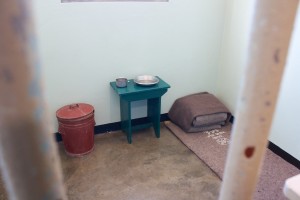
“Hey Mandela, whatcha been thinkin’ about in there for 20 years?”
“Oh, just civil rights, and stuff.”
We loved it in Cape Town and we were sorry to go. It has great history, great beaches, great views, culture, activities, and people. We are already making plans to return someday soon.
But leave we did and we headed by train (a story in itself) to Johannesburg for a few day layover before we were to head out across Africa. We found Johannesburg to be a bit unnerving. Between the security guide that we had to bribe to help us find a taxi, the taxi drivers constantly trying to rip us off, and all the backpackers who got huffy when we didn’t give them money, the place was none to pleasant. We did, however, make it to the Apartheid museum, which I found quite amazing. It was probably the best museum I have ever been to, and that’s saying a lot.
It tells the story of the rise and fall of South Africa’s system of racial segregation, Apartheid. The museum itself is a beautiful building, it has a great mix of images, text, video, and artifacts to keep things interesting. But the most interesting part is how it is set up to feel like you are participating in a journey; almost as though you are living through the history yourself.
It starts by dividing your party through different entrances, white and non-white (somehow, Mindy became non-white in the process. I guess she can turn a bit rosy at times 😉 and you head through separate cage-like paths for a bit. The exhibits slowly gear up in intensity as segregation becomes more of a fixture of society over time. You come around a corner and you are startled by a room full of nooses (executions were common), some loud and violent video, or a large Casspir (military APC) which was used to “protect” (but really assault dissenters). But eventually, you see the tide start to turn as more activists gain traction, Nelson Mandela is released from prison in 1990 (and began dismantling Apartheid), and South Africa holds its first democratic elections in 1994, ousting the pro-Apartheid regime.
I must say that I previously only had the vaguest notions of what was happening here (I was just a carefree kid / teenager at the time), but seeing it all now that I can appreciate it has been quite illuminating. There is today still so much hopefulness for the future in South Africa today and it is quite uplifting. In fact, on the radio as we were headed out of the country, we heard that they had just started building the first few houses in District 6 in Cape Town; finally reinstating a few of the residents who were removed 30 to 50 years ago and bringing life back to a long barren part of the city. Exciting times.
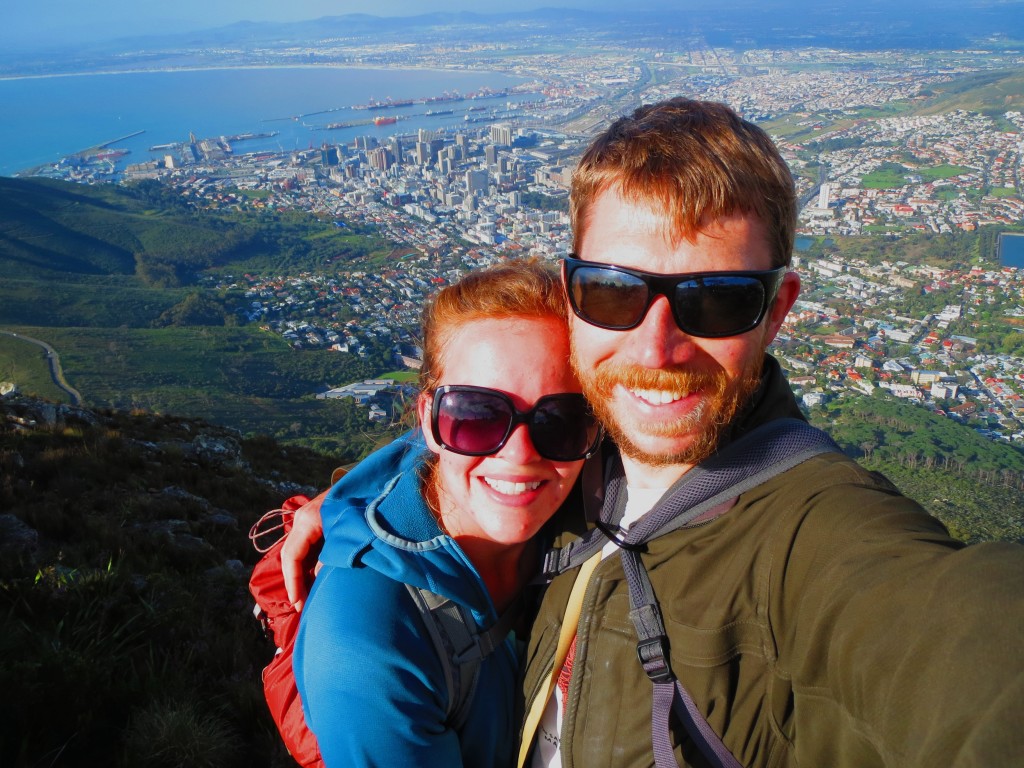
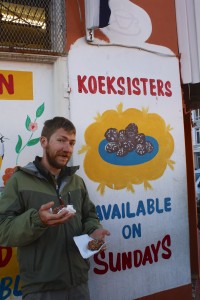
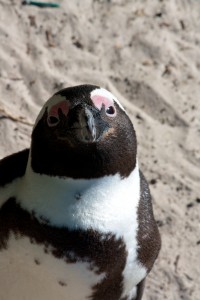
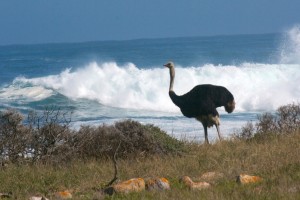
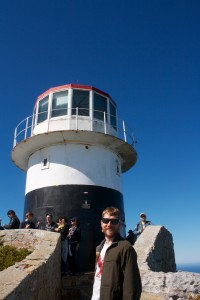
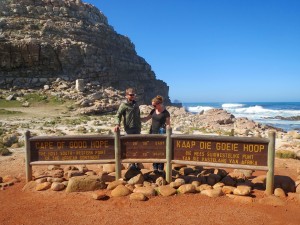
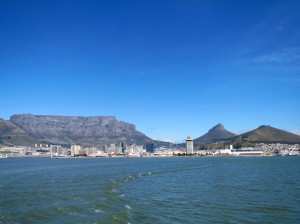
Another amazing article. I am learning so much from your posts. Love to you both.